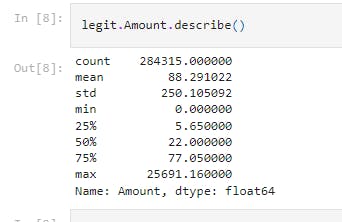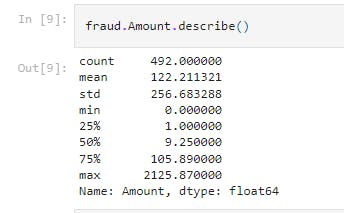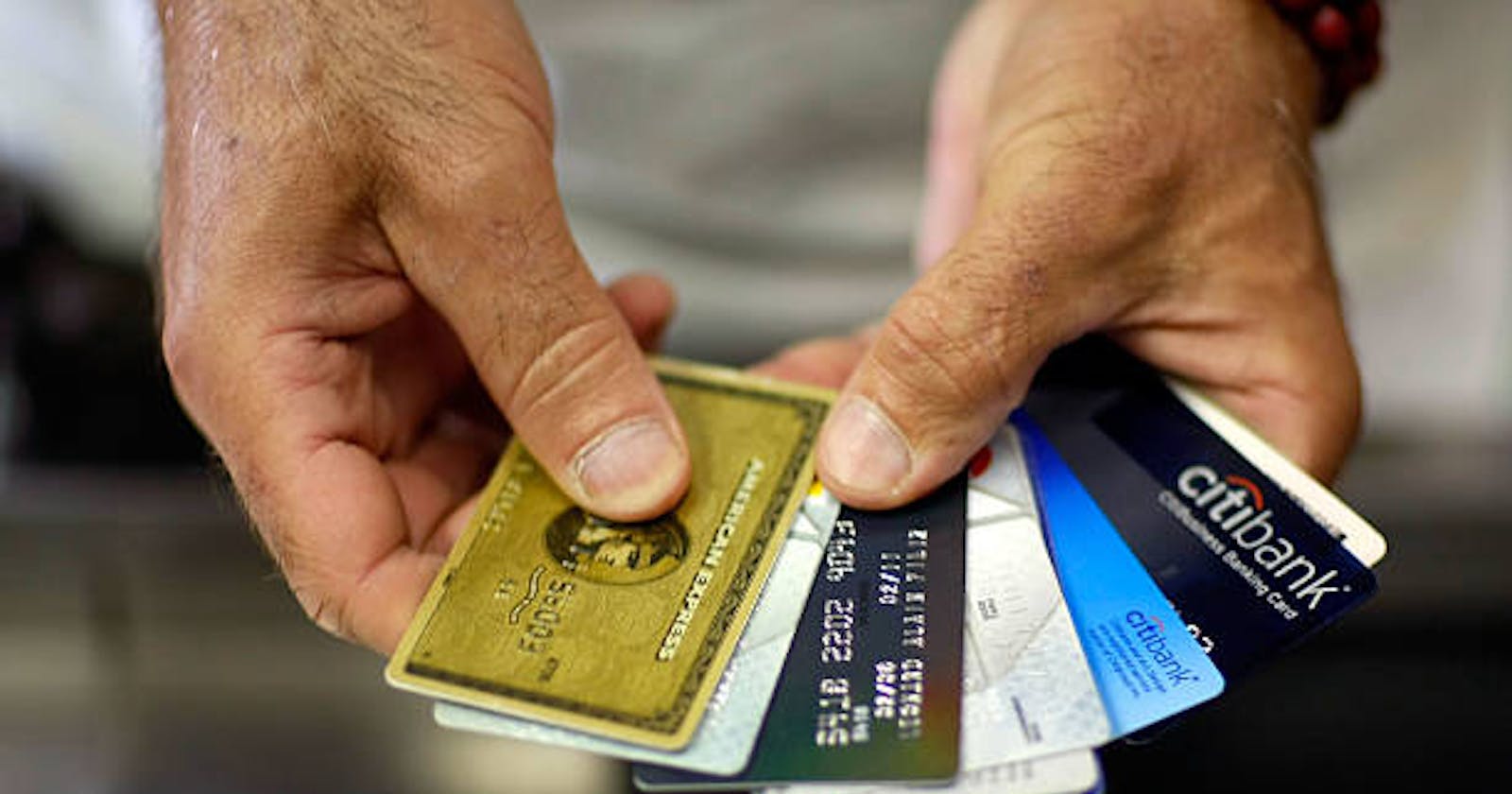Project 10- Credit Card Fraud Detection using Machine Learning with Python
My Machine Learning Beginner Projects, Entry 10
I am Salim Olanrewaju Oyinlola. I identify as a Machine Learning and Artificial Intelligence enthusiast who is quite fond of making use of data and patterns to develop insights and analysis.
In my opinion, Machine learning is where the computational and algorithmic skills of data science meets the statistical thinking of data science. The result is a collection of approaches that requires effective theory as much as effective computation. There are a plethora of machine learning model, with each of them working best for different problems. As such, I believe understanding the problem setting in machine learning is essential to using these tools effectively. Now, the best way to UNDERSTAND different problem settings is by PLAYING AROUND with different problem settings. That is the genesis behind this writing series - My Machine Learning Projects. Over the course of this writing series, I would solve a machine learning problem daily. These problems will range from a plethora of fields whilst requiring and covering a range of models. A link to my previous articles can be found here.
Project Description: This project is for building a machine learning algorithm that detects credit card fraud.
URL to Dataset: Download here
Line-by-line explanation of Code
import numpy as np
import pandas as pd
from sklearn.model_selection import train_test_split
from sklearn.linear_model import LogisticRegression
from sklearn.metrics import accuracy_score
import numpy as np imports the numpy library which can be used to perform a wide variety of mathematical operations on arrays.
import pandas as pd imports the pandas library which is used to analyze data.
from sklearn.model_selection import train_test_split imports the train_test_split function from sklearn's model_selection library. It will be used in spliting arrays or matrices into random train and test subsets.
from sklearn.linear_model import LogisticRegression imports the LogisticRegression Machine Learning model from sklearn's linear_model library. This model will be used in training the model.
The logistic regression model, which is a classification model was used in this problem since the problem statement requires us to classify samples into Mine or Rock based on the given attributes.
from sklearn.metrics import accuracy_score imports the accuracy_score function from sklearn's metrics library. This model is used to ascertain the performance of our model.
salim_credit_card_data = pd.read_csv(r'C:\Users\OYINLOLA SALIM O\Downloads\creditcard.csv')
This loads the dataset to a Pandas DataFrame.
salim_credit_card_data.head()
This displays the first 5 rows of the dataset.

salim_credit_card_data.info()
This displays the dataset informations.
salim_credit_card_data['Class'].value_counts()
This shows the distribution of legit transactions & fraudulent transactions in the 'outcome' column.
We see;
0 284315
1 492
It is seen that this Dataset is highly unblanced
0 --> Normal Transaction
1 --> fraudulent transaction.
legit = salim_credit_card_data[salim_credit_card_data.Class == 0]
fraud = salim_credit_card_data[salim_credit_card_data.Class == 1]
This separates the data for analysis according to their outcomes.
legit.Amount.describe()
This shows a statistical measures of the data that comes out as legit (i.e. 0)

fraud.Amount.describe()

This shows a statistical measures of the data that comes out as legit (i.e. 1)
salim_credit_card_data.groupby('Class').mean()
This line of code compares the mean values for both fraud and legit transactions.

- All steps taken thus far is taken to understand the dataset.
legit_sample = legit.sample(n=492)
new_dataset = pd.concat([legit_sample, fraud], axis=0)
This block of code first builds a sample dataset containing similar distribution of normal transactions and Fraudulent Transactions and then, concatenates the two DataFrames
- Note that we see 492 number of legit samples because the number of Fraudulent Transactions --> 492
new_dataset.head()
Displaying the new dataset showing the randomness of the dataset sample.

new_dataset['Class'].value_counts()
We see equal number of samples with outcomes, 0 and 1.
X = new_dataset.drop(columns='Class', axis=1)
Y = new_dataset['Class']
This splits the data into Features & Targets.
X_train, X_test, Y_train, Y_test = train_test_split(X, Y, test_size = 0.2, stratify=Y, random_state=1)
The train_test_split method which was imported earlier is hence called and used to divide the dataset into train set and test set.
NOTE: The 0.2 value of test_size implies that 20% of the dataset is kept for testing whilst 80% is used to train the model.
model = LogisticRegression()
model.fit(X_train, Y_train)
This block of code creates an instance of the LogisticRegression models and then, trains the Logistic Regression Model with Training Data.
X_train_prediction = model.predict(X_train)
training_data_accuracy = accuracy_score(X_train_prediction, Y_train)
print('Accuracy on Training data : ', training_data_accuracy)
This displays the accuracy on the training data.
Accuracy on Training data : 0.9415501905972046.
X_test_prediction = model.predict(X_test)
test_data_accuracy = accuracy_score(X_test_prediction, Y_test)
print('Accuracy score on Test Data : ', test_data_accuracy)
This displays the accuracy on the training data.
Accuracy on Training data : 0.8883248730964467.
That's it for this project. Be sure to like, share and keep the discussion going in the comment section. .ipynb file containing the full code can be found here.

